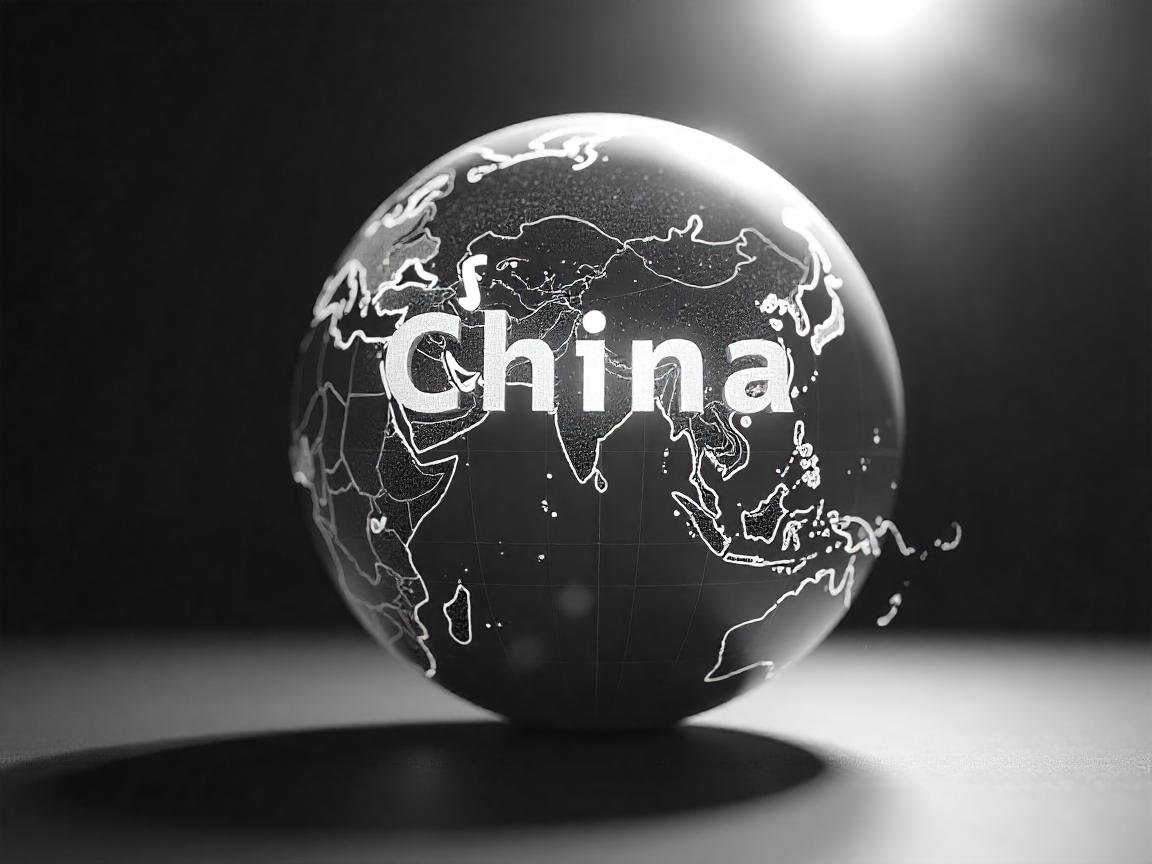Introduction
The healthcare supply chain has long been tethered to China as a manufacturing and sourcing hub. While the cost benefits were once undisputed, recent disruptions—including the COVID-19 pandemic, rising labor costs, geopolitical tensions, and tariff impositions—have illuminated the fragility of this dependence. In response, a growing number of B2B healthcare companies are actively nearshoring their operations to mitigate risks and build long-term supply chain resilience.
This article explores how leading firms have implemented nearshoring strategies by relocating manufacturing to alternative hubs like Mexico, Vietnam, Malaysia, and India. Through practical case studies, we highlight the motivations, logistics, and challenges of reducing reliance on China, particularly through the lens of tariff avoidance and supply security.
Why Nearshoring Has Become a Strategic Imperative
For years, “China Plus One” was the industry mantra. Today, it’s evolved into a full-scale diversification effort. Nearshoring—moving operations closer to the home market or to politically stable, lower-cost regions—has become vital for:
- Avoiding Tariff Costs: The U.S.-China trade war introduced steep tariffs on imported healthcare goods, prompting companies to reconsider their value chains.
- De-risking Supply Chains: Overreliance on one nation invites disruption risks—be it geopolitical, environmental, or regulatory.
- Faster Lead Times: Proximity to end markets means quicker fulfillment and greater inventory agility.
- Regulatory Compliance: Relocating to countries with harmonized standards (e.g. with FDA or CE) reduces time-to-market.
Case Study 1: MedTech OEM Nearshores to Malaysia
A U.S.-based original equipment manufacturer (OEM) in cardiovascular monitoring equipment faced rising 25% tariffs on Chinese imports. To mitigate this, the company transitioned part of its production to Penang, Malaysia, which offers:
- A well-established electronics and medical device ecosystem
- Free trade agreements with key Western markets
- English-speaking workforce and regulatory alignment with Western healthcare standards
Outcome: The OEM saved 18% on logistics and tariff costs, decreased lead times by 30%, and saw improved supplier responsiveness. Initial transition costs were recouped within 18 months.
Case Study 2: Syringe Manufacturer Moves to Mexico
A European syringe and medical supplies firm sought closer proximity to the U.S. and Latin American markets. By partnering with a contract manufacturer in Monterrey, the company was able to:
- Avoid 301 tariffs imposed on Chinese syringe components
- Establish just-in-time delivery capabilities to U.S. clients
- Simplify language and time zone barriers with regional teams
Outcome: The firm reduced transit times by over 40%, improved order flexibility, and now quotes more competitively for U.S. healthcare tenders.
Case Study 3: Indian Expansion by Nutraceutical Supplier
An Asia-Pacific nutraceuticals company producing vitamins and OTC supplements moved a large portion of its manufacturing from Guangdong to Hyderabad, India. The motivation: tapping into India’s established pharmaceutical ecosystem and favorable tax incentives.
Outcome: Not only did the company avoid U.S.-China import tariffs, but it also gained access to WHO GMP-certified plants and low-cost skilled labor. The firm entered European markets more efficiently due to India’s favorable compliance framework.
Key Considerations for Successful Nearshoring
While nearshoring presents strategic benefits, the path isn’t without challenges:
- Infrastructure Readiness: Not all countries have the same manufacturing depth or supplier networks as China.
- Initial Investment Costs: Relocation often involves capital expenditure, regulatory requalification, and staff retraining.
- Cultural & Operational Hurdles: Successfully integrating with local workforces and business cultures takes dedicated management.
However, digital supply chain tools, robust risk assessments, and regional partnerships have helped companies adapt faster and smoother than before.
What It Means for the B2B Healthcare Sector
Nearshoring is no longer a contingency plan—it’s a strategic lever. For B2B players in the healthcare industry, this shift supports not only cost and risk mitigation but also aligns with ESG goals and geopolitical realities.
Vendors, wholesalers, and distributors on platforms like SourcingGuides.com should keep an eye on emerging manufacturing clusters and actively engage with suppliers who have diversified sourcing strategies.
Conclusion: The Future of Nearshoring in Healthcare
As the global healthcare supply chain recalibrates, nearshoring isn’t a trend—it’s the new foundation of strategic sourcing. Businesses embracing this shift are gaining a competitive edge by aligning supply reliability with market demands, regulatory harmony, and financial sustainability.
Expect to see continued investment in regional hubs, integration of automation to offset labor costs, and cross-border collaborations that reshape how healthcare products move from factory to patient.









